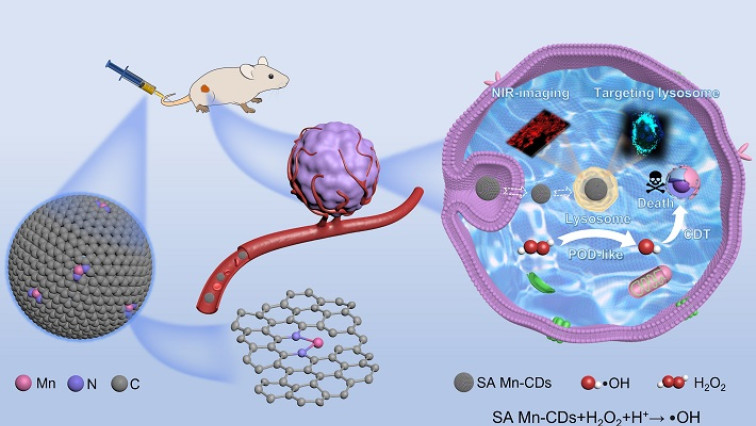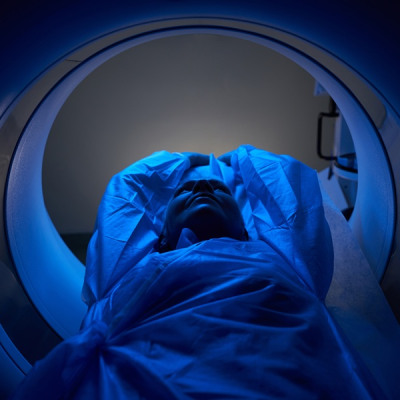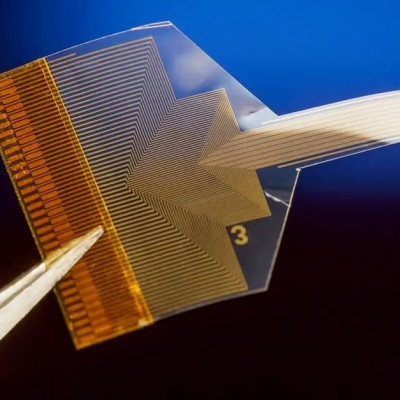The work, supported by electron paramagnetic resonance (EPR) measurements at the Steady-State Strong Magnetic Field Facility (SHMFF), has been published in Advanced Science.
Traditional metal-nitrogen (M-Nx) single-atom catalysts are typically found in stable M-N₄ configurations. However, these structures have limited active sites and tend to lose intermediates during catalytic processes due to weak substrate binding, which hampers overall catalytic performance.
To address this, the researchers developed a new strategy that carefully selects molecular ligands to chelate with manganese atoms, creating single-atom manganese-doped carbon dots (SA Mn-CDs) with a low-coordinated Mn-N₂ configuration.
These ultrasmall SA Mn-CDs feature atomically dispersed manganese centers, excellent water solubility, and strong biocompatibility. More importantly, they demonstrate high peroxidase-like catalytic activity by effectively mediating Fenton-like reactions, a performance confirmed via advanced EPR analysis.
The material also exhibits remarkable near-infrared (NIR) fluorescence imaging capabilities at both cellular and animal levels, enabling precise, image-guided tumor catalytic therapy.
This study highlights the immense potential of low-coordination manganese-based nanozymes for NIR-guided cancer therapy and underscores the critical importance of atomic-scale structural design in advancing single-atom catalytic therapy for biomedical applications.
Read the original article on Chinese Academy of Sciences (CAS).







